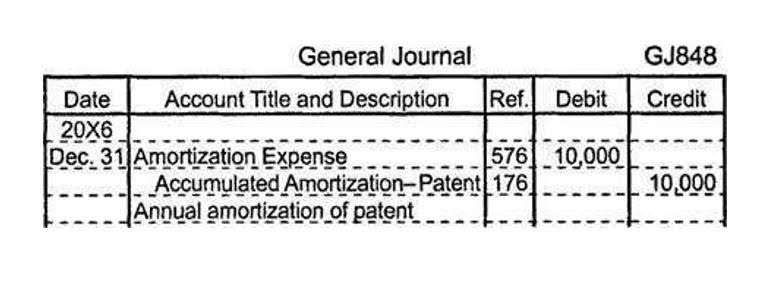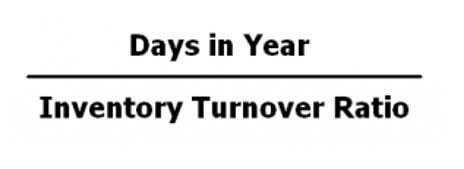
Each revenue stream has its own accounting treatments, trailing requirements, and financial impacts. While it’s important for individuals to understand their expenses and income for personal financial stability, it’s even more critical for nonprofits to know where their money is going and coming from. Effective financial management can make or break your ability to further your organization’s mission, and tracking cash flow is a foundational part of an effective management strategy. The balance sheet reports the assets, liabilities, and owner’s (stockholders’) equity at a specific point in time, such as December 31.

How to Secure Major Gifts With Fundraising KIT’s Newest Feature
Good accounting software will also allow directors to compare budgeted amounts to actual amounts and make the necessary adjustments. Budgeting is also complicated when sources of support are not secured at the time the budget is prepared for the upcoming year. This could lead to the use of an account entitled Resource Development in order to balance the budget. Before we illustrate a sample statement of activities, let’s take a closer look at its components. Nonprofit organizations may apply to the Internal Revenue Service in order to be exempt from federal income taxes. Since nonprofits do not have owners, there is no owner’s equity or stockholders’ equity and nonprofit cash flow statement there cannot be distributions to owners.
Financial Statement Template for Nonprofits
Financial statements prepared with care and accuracy help nonprofits continue changing lives and making a difference. Most organizations compile the three reports above annually rather than monthly like the statement of cash flows. The nonprofit statement of cash flows is a financial report that shows how cash moves in and out of your organization. It breaks down all of your nonprofit’s transactions into the categories of operating, investing, and financing activities.
Outsourced CFO Services

The following table compares the main financial statements of a nonprofit organization with those of a for-profit corporation. If the net change in cash is positive, then that means the nonprofit is ending the period with more cash than it started with, while a negative change indicates that the nonprofit’s cash on hand has decreased. Your Law Firm Accounts Receivable Management cash flow statement can also be used to help you communicate with your stakeholders about your organization’s financial health. For example, if you are looking for new funding, you can use your cash flow statement to show potential funders how your organization is doing.
- Most nonprofits share these statements to be entirely transparent with their donors; often using these statements in their annual or impact reports.
- Nonprofits must follow basic accounting practices and share the details of how income is expended in a way that donors, funders, and grantors can understand.
- Nonprofits use the statement of activities to review changes to their net assets and show revenue and expenses over the accounting year.
- The change in the cash flow statement can also help you understand you changes in the statement of financial position.
- In-kind donations and sponsorships typically aren’t noted on the statement of cash flows.
- This financial statement reports the revenues and expenses and the changes in the amounts of each of the classes of net assets during the period shown in its heading.
- It should also help the reader understand where the organization’s funding is going and if the existing programs have long-term financial sustainability.
Templates allow customization to capture metrics most relevant to the organization’s mission and operations. The clarity of routine reporting using Nonprofit Financial Statement Templates assists board governance and aids in securing donor funding through transparency. Nonprofit Financial Statement Templates provide a standardized structure for reporting key financial metrics that nonprofit organizations require for oversight, planning, and grant applications. Maintaining well-organized Nonprofit Financial Statement Templates ensures consistent bookkeeping and simplified reporting. The nonprofit statement of cash flows is an integral accounting report that your organization should take great care to compile and leverage in your day-to-day work. Use the guidelines and tips above as a starting point, and don’t hesitate to contact an accountant if you have questions or want to take your report creation and analysis to the next level.
- The nonprofit statement of cash flows is crucial to understanding your organization’s financial health and decision-making.
- Liabilities also include amounts received in advance for a future sale or for a future service to be performed.
- There are a few key things to look for when you are reviewing your nonprofit cash flow statement.
- Under the accrual method of accounting, revenues are reported in the accounting period in which they are earned.
- If there is uncertainty as to when an expense is matched or is used up, the amount spent should be reported as an expense in the current period.
- The U.S. Internal Revenue Service (IRS) requires some tax-exempt nonprofit organizations to file Form 990 (some can file Form 990-EZ) each year.
- Sharing these financial statements with donors is one of the best ways to ensure transparency and build trust.
- Good accounting software will also allow directors to compare budgeted amounts to actual amounts and make the necessary adjustments.
- Cash flow from financing activities – This includes activities relating to receiving money from creditors and paying back creditors.
- Get our FREE guide to nonprofit financial reports, featuring illustrations, annotations, and insights to help you better understand your organization’s finances.
The statement of cash flow shows how cash moves in and out of a nonprofit. Board members and other leaders can use this statement for better insight into how much is available to pay expenses. Nonprofits are expected to uphold high standards trial balance of transparency and accountability. Our template helps you provide detailed reports to stakeholders, demonstrating prudent financial management and building trust.
How to Use This Template for Maximum Impact

Nonprofits may or may not be exempt from sales taxes, real estate taxes, and other taxes depending on which state in the U.S. they are incorporated or operate. Use your anticipated income to determine where your revenue is likely to come from. But, keep in mind that this projection may vary significantly from your actual revenue. Comparing your projections and actual activities against your budget lets you evaluate your financial performance.




